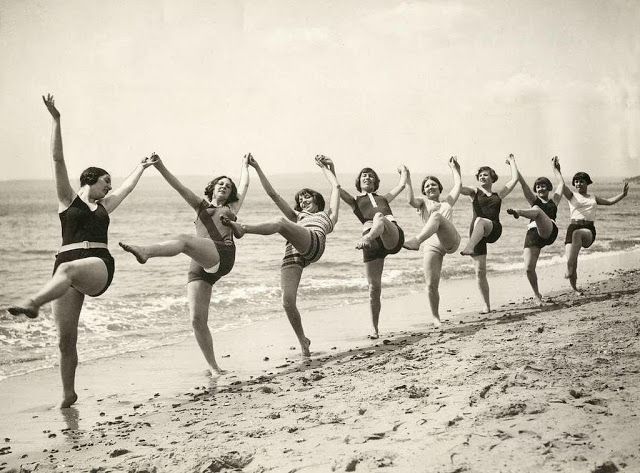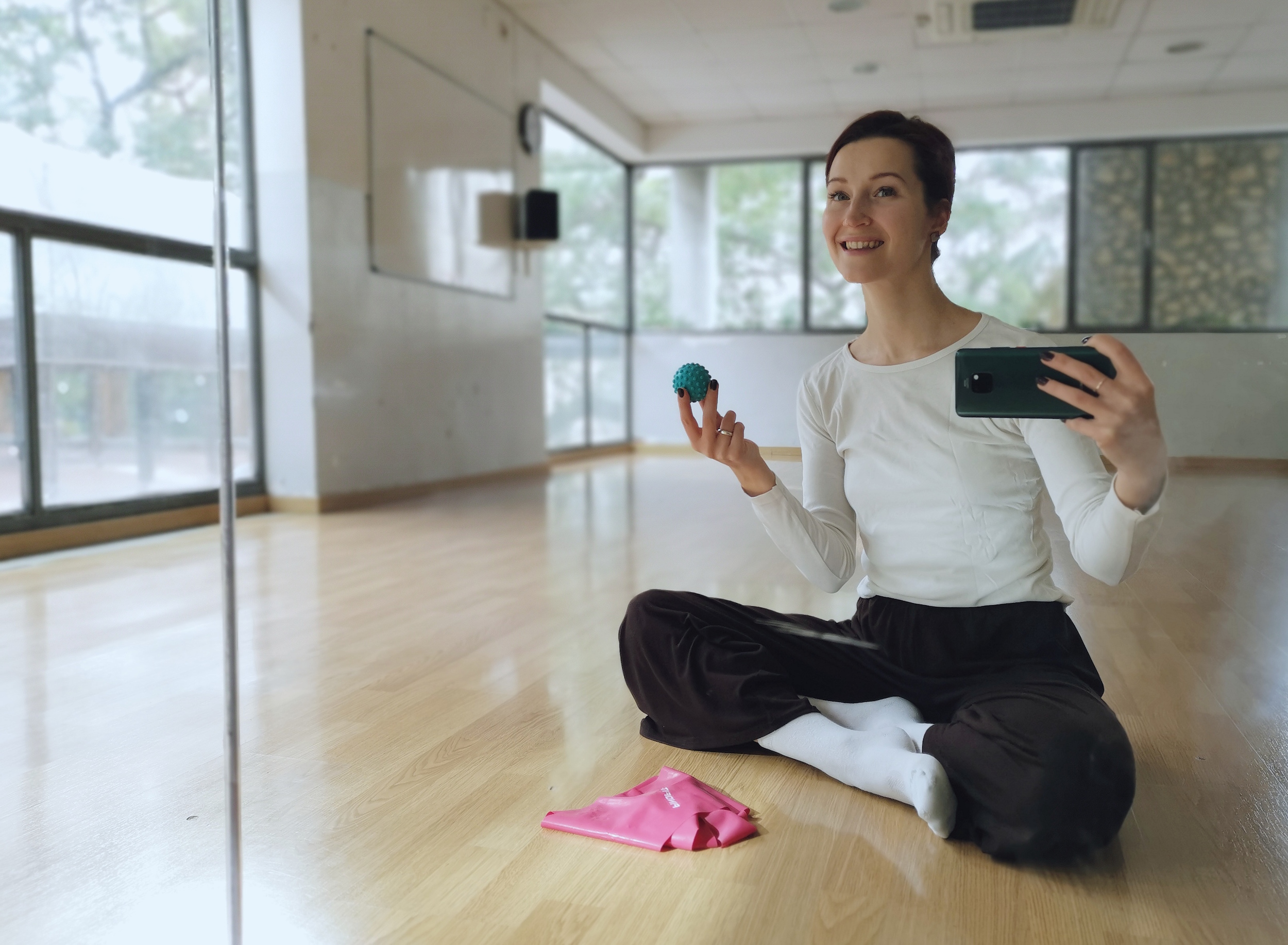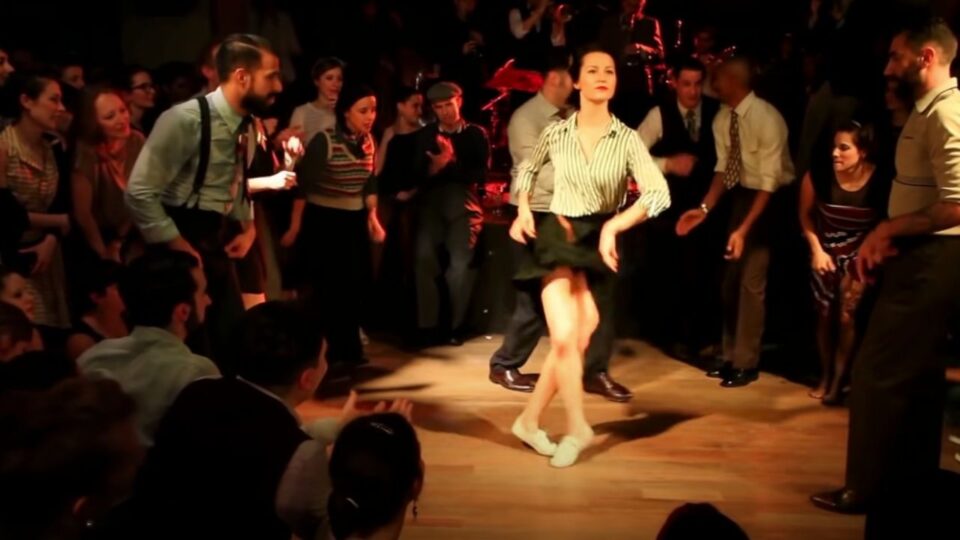Whether you are a professional dancer or it’s your hobby to dance solo jazz and swing dance styles, it’s so important to know how to keep your body injury-free. In this blog, I am going to talk about tips and routines to take care of your body before, during and after the dance to jazz music.
Solo jazz dance, the lindy hop, and the charleston dance styles have its own specifications that affect the body in a certain way and can cause some pain or injuries. For instance, one of the fundamental elements in solo jazz dancing is the inclined body position and bent legs. This position will most definitely affect your lower back, hamstrings, and shoulder.
We should not underestimate the importance of warm-up, cool-down & stretch routines
The other element would be that jazz roots is footwork-based dance style. We most definitely should use the whole body to dance Solo jazz dance and focus a lot on the upper part, nevertheless, footwork (stomps, stamps, toe touches, kicks, twists and etc) is one of the main focuses. That means feet, knees, ankles, calf muscles, glutes and again, the lower back will be working very hard. Putting a lot of effort into the footwork and having weak upper body muscles will affect the shoulders a lot as well.
Saying all the above, we should not underestimate the importance of warm-up, cool-down & stretch routines to keep our body injury-free in dance. When you are in a Solo jazz dance class, your teacher will most definitely take care of that. Though when you are practicing by yourself or learning with online solo jazz dance classes at home you need to make sure to take care of your own warm-up and cool-down routine.
Warm-up
Warm-up right before the dancing, stretch a little while after the dance training.
Above all, preparing your body for physical practice is essential and simply a healthy habit for injury-free dance life. I tell myself Ksenia you need to warm up even if I don’t want to. Therefore, find your 5 – 10 min warm-up routine and make yourself a lifetime gift by doing it regularly before every little practice session or before taking my Secrets of Solo online swing dance classes. Remember, the goal of the warm-up is to get warm, get the blood moving and heart pumping.
The goal of the warm-up is to get warm
Overall warm-up guidance to stay injury-free in dance
Here is my 7 min warm-up routine before I practice to Sinu by Purpleseeds:
This warm-up has 4 stages/ blocks.
1. Get the blood moving, get your heart rate up. Shaking, jumping, skipping.
2. Move your joints. Neck, shoulders, chest, hips, knees, toes, face. Make the joints swim and slide inside your body like in butter.
3. Spine rolls. Warm up the snake if the spine.
4. Plank and quick core
As a result, a healthy, energized and warmed-up body is ready to dance solo jazz, the Charleston & Lindy Hop!
I do recommend to stretch some time after the practice
Feet warm-up ritual

I do recommend to massage your feet with an acupuncture ball (or tennis ball) or with your hands before and after the dance to release the trigger points. Warm your feet up as well as your whole body before starting to dance. Moreover, jazz roots and solo jazz dance moves are so strongly based on footwork, we have to take special care of feet.
If you have tension in your calf muscles (and it’s very easy to get if you are a newbie in solo jazz or the Charleston) – the same, use the hands or ball to get the blood moving there before you dance and repeat massage after to break the acids inside the muscle after the dance.
If you feel there is a tense muscle, to keep you injury-free in dance, put a physio cream or tiger balm before and after the dance practice.
Knee care to keep you injury-free when dancing solo jazz and 20s charleston
Here are some tips on how to prepare the lower body & specifically knees for the Charleston twists as well as how to release pressure & tension in the knees from overworking. Check this out and use each time before starting one of my Secrets of Charleston 20s online dance classes:
Cool-down
Cooldown right after your solo jazz dance training by lying down and letting the temperature of your body go back to normal. Let the sweat dry and let your heartbeat go back to normal.
I do recommend to stretch some time after the practice. If you stretch right after while your muscles are too hot there is a chance you can overstretch or hurt your muscles. It is important to gently stretch, rest, massage and take care of the parts of the body that worked so hard during your dance. I always pay attention in the stretch to my lower back, hamstrings & glutes personally. Those parts are directly & strongly affected by solo jazz dance & swing dance style of movement. To take care of those parts, I personally recommend looking into yoga practice: pigeon pose, triangle pose, sun salutations, bridge and, generally speaking. To sum up, any yoga asanas are great to stretch your body. For deep stretch try yin yoga.
Feeling pain is not ok. Get your body checked if something hurts.
Other advice to stay healthy & avoid injuries when dancing:
Wear “suitable something” (shoes/socks)
It’s a very personal element. Therefore, choose what’s best for you. Personally, I love to practice in socks. It’s cozy, I feel a good connection with the floor and how my feet work. If you are at home, learning from my online dance classes, you can try socks for fun. Equally, if you prefer to dance in shoes, here is some advice. If you are going to dance the Charleston go for heels (feminine style), not too high. The sole is better more on the slippery side, for example, leather works well. Because of the number of twists in the style it’s better for the knees if the sole is not creating too much friction with the floor. I advise not to use sneakers or rubber sole Converse to do the Charleston 20’s style, please.
In general, for solo jazz dancing you don’t want too sticky or too slippery shoes, you want to have enough grip to push and use the floor and have enough slipperiness to slide or turn. I choose synthetic soles: foam is great.
Pain in the body is very often caused by just bad dance technique or absence of this technique.
Protect the arch of your foot
Issues with your foot arch (flat foot or too hight arch, etc) and the wrong footwear that doesn’t support your foot well enough can often cause the pain in the shoulders, lower back or in the knees. I have very flexible joints, for this reason, my arch collapses to a flat foot state if I do not wear proper insole, all of that causes a bad inverted twist in my knee and as a result pain in my knee and lower back.
when I go to practice before jumping in the training I take a look at what body am I working with today?
Schedule physiotherapy visit or massage
Make sure not to “collect” one tension after another. Feeling pain is not ok. Get your body checked if something hurts.
I personally go to physiotherapy treatment or deep tissue massage 1-2 per month, on top of doing different styles of yoga, hot baths, self-massage with acupuncture ball and mat, the rubber band stretches, etc. Be mindful of your precious body!
Listen to your body
For instance, every day when I go my training before jumping in the training I take a look at what body am I working with today? Do I feel pain anywhere, am I tired, and I super energized, etc. And I respect that. I do not push myself too much if I feel weak and tired. I take care of how I use or maybe decide not to use any twists in my feet if my knee is weeping. Just taking care and listen to your body to keep you injury-free in dance.
In my Ksenia’s Secrets of Solo online dance classes I put special effort to talk about all the aspects of each movement
Learn the technique
Be mindful of how you are dancing. Bad dance technique or absence of this technique can cause injuries. To keep yourself injury-free in solo jazz dance, make sure you learn the technique of how to stomp (check my Secrets of Solo online dance course Solo Jazz 101), go on the floor, jump, do aerials and land, turn and so on, as a result. Make sure to ask your dance teacher in the class about the technique of a certain move you are not sure about. In my Ksenia’s Secrets of Solo online dance classes I put special effort to describe using imageries and associative pictures all these details of each movement for you.
Keep on dancing and stay healthy!
Lots of Love,
Ksenia Parkhatskaya





